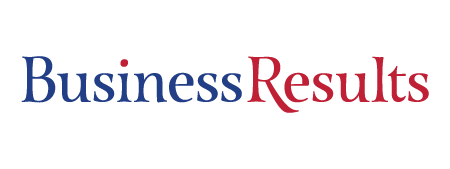29 Jan Gaining Insight In The Hiring Process
Enterprise Bank is a commercial bank and financial services company headquartered in Lowell, Massachusetts which serves the financial needs of individuals, non-profits, and growing businesses. As their name suggests, Enterprise Bank is dedicated to the advancement of the “entrepreneurial spirit.” The bank has grown steadily since it began in 1989, and continues a track record of success, posting 82 consecutive profitable quarters. The following is a testimonial given by Jack Clancy, CEO, at Enterprise Bank:
I’ve worked in banking for more than 25 years. Nobody is immune to the hardship of the economy. But I can’t think of a time when the country has looked to community banks for wisdom, advice and services more than it does today. During the economic downturn in 2009, we experienced double-digit increases in assets, loans and deposits, which led to a 43 percent surge in net income for the year.
I take pride in the fact that the bank’s 340 employees have consistently rated Enterprise as one of the best places to work in Massachusetts. The rating is based on key factors such as integrity and high ethical standards. A distinct difference between local banks and national institutions is that all of our bankers live in the communities that they work in and we really try to hire strong employees who do what’s in the best interest of our customers, and the Predictive Index® (PI®) has played a key role in the hiring process.
PI® has been one of the most valuable tools we’ve ever brought into the organization. Our first PI® coaching session gave our executive team a greater respect of each other and it helped us recognize our work styles and ways of operating. It was clearly the best team building exercise we’ve experienced in the bank’s 21 years. Today we use PI® throughout the organization in so many ways – for hiring, succession planning, coaching and employee development.
In the hiring process, the insight we gain from PI® helps us recognize an individual’s strengths and motivators. An employee in the credit department does not want much social interaction, instead, they need more structure. A branch employee, on the front line with customers, thrives on social interaction to be successful. If someone has to fight their natural state in a particular position, they will be far less motivated to succeed. Understanding these differences in behavioral styles is the key to strong job fit and motivation. PI® has been critical in placing the right people in the right jobs, which has a tremendous effect on retention.
As we continue our growth, we groom individuals for senior leadership roles. PI® has been critical in identifying whether an individual’s behavioral style best fits the position, and provides managers with the information they need to develop effective coaching skills. PI® is also used as a self-development tool, where individuals can take the insight from their own PI to create a personal career path. They may uncover new work opportunities they hadn’t considered before.
Given the bank’s structure, PI® has been a tremendous tool in coaching individuals in our branch system, as they move up in the organization. There’s a natural evolution of someone who comes into the bank as a teller. The traits we look for in a teller are much different than that of a customer service representative or a branch manager.
PI®’s value has been immeasurable across the organization. We’ve used the tool for 14 years to create a dynamic work environment. There are abundant opportunities for the bank to acquire new customers, increase market share and expand geographically in the years ahead and one thing is certain–we’ll continue to use the Predictive Index to maximize all of its capabilities.


